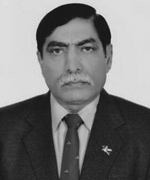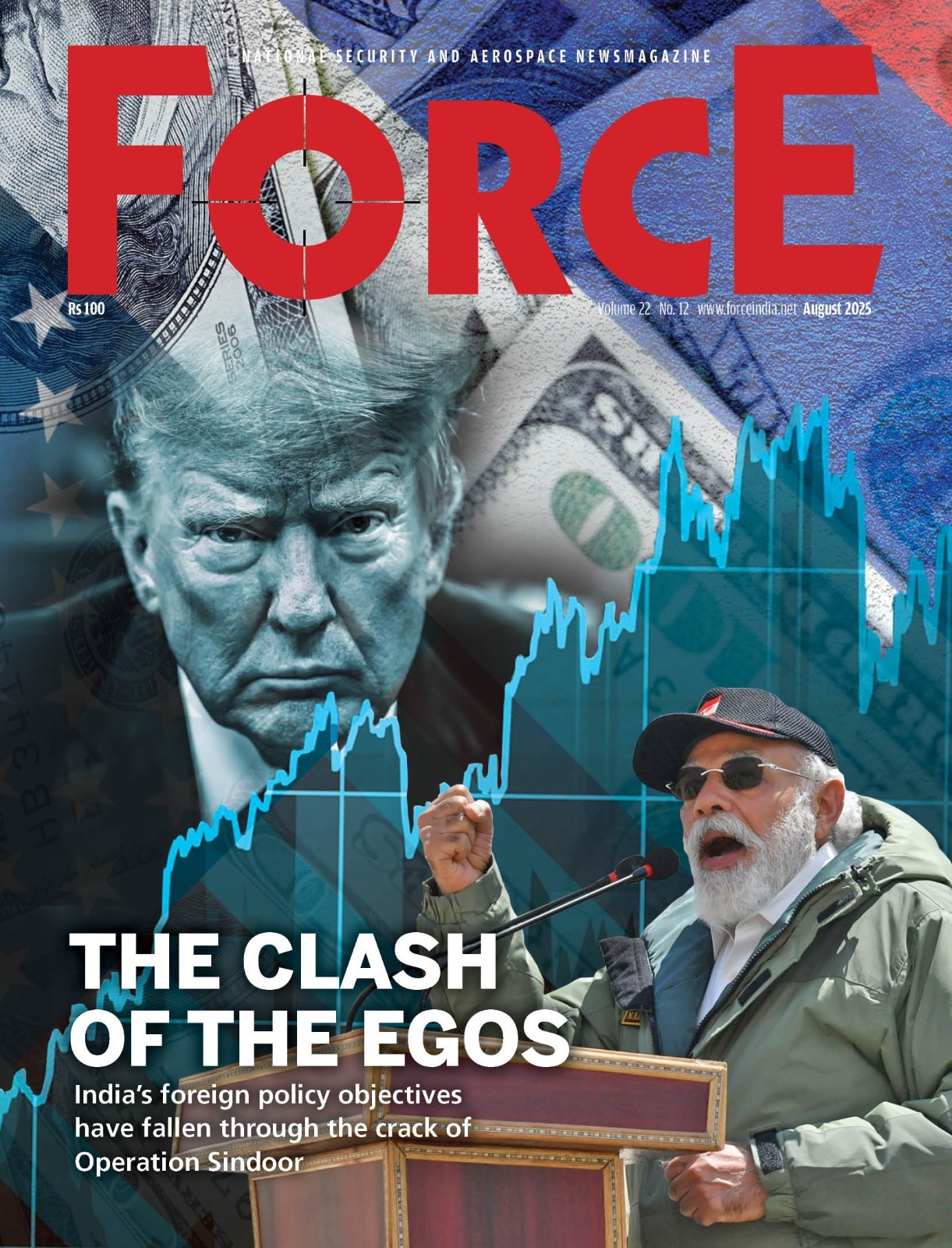Guest Column | Big Leap Forward
 Lt Gen Vinod Bhatia (retd)
Lt Gen Vinod Bhatia (retd)
Addressing the nation from the ramparts of the Red Fort, New Delhi, on Independence Day on 15 August 2017, Prime Minister Narendra Modi spelt out his vision for a ‘New India’. “Naya Bharat ek saksham, surakshit aur shaktishali desh hoga” (New India will be a capable, secure and a mighty nation), he had said.
There is a universal acceptance that India is a responsible, respected, regional power and a global leader. India will be the second largest economy by 2030 in purchasing power parity (PPP) terms. The next decade will also dictate the geostrategic and geopolitical equations for the rest of the century and hence, it is imperative that as a nation we assert our rightful place in the comity of nations and the emerging world order. The new geostrategic construct of Indo-Pacific and a fast-growing might of China are indicative of not a bipolar but a multipolar world with India as the ‘Balancing Power’.
To further our national interests and aim to transform India into a ‘modern, prosperous and secure nation’, India needs to consolidate its strengths as well as address certain weaknesses and structural infirmities. Defence is an integral component of our comprehensive national power and self-reliance in defence is imperative to ensure a secure India and retain our strategic autonomy. There are many defence and security strategists who say that there will be no wars. Yes, war is not an option but for ensuring continued and guaranteed peace, the two major contributors are ‘Defence Preparedness’ and ‘Operational Readiness’. Peace is ensured from a position of strength and not by demonstrated weaknesses. While the services do ensure operational readiness, however, it is the defence preparedness which is not in concert with the requisite capabilities and capacities of national security. Defence preparedness also implies self-reliance. The only way that can happen is to create a vibrant and vital defence industrial base duly integrating the private sector.
1
India has the longest disputed borders in the world with 3,488 km India-China border wherein China claims over 110,000 sqkm of our territory. India also shares a not-so-peaceful 772-km long Line of Control (LC) and a 126-km long Actual Ground Position Line with Pakistan. Pakistan continues to wage a proxy war for over three decades now. The aim is not to amplify the many security challenges both external and internal, suffice it to say that India faces a full spectrum of conflict from small wars, unconventional wars, terrorism, hybrid wars to conventional and nuclear wars, and even street wars now if these can be so termed. New age war will be multi-domain waged in many battle spaces simultaneously, hence India and the armed forces must be not only present relevant but also future ready.
The lack of a defence industrial base is a major concern and needs urgent intervention and attention. The vice chief of the army staff recently had also raised similar concerns saying that even Pakistan has a much better and a well-developed defence industrial base. One of the major weaknesses in our capabilities and capacities is not only a weak but a nearly non-existent defence industrial base, centred around the government-owned-and-operated 41 Ordnance factories and nine defence public sector undertakings (DPSUs), with little participation from the private sector. The 1.4 million strong Indian armed forces are the fourth largest in the world and the largest arms importers with 13 per cent of global sales according to SIPRI. India increased its arms imports by 43 per cent between 2007-2011 and 2012-2016 periods with 62 per cent of imports from Russia alone. Sixty to 65 per cent of military hardware is of Russian/Soviet origin. The import figures from 1950 to 2017 show that India imported a staggering USD 119.89 billion worth of arms, by far the largest in the world, double that of Saudi Arabia.
In July 2000, I had visited Eurosatory in Paris as part of an Indian delegation to scout for weapons and equipment mainly for the Para Special Forces and Infantry. India had the second largest delegation with the largest being from China. Now, nearly two decades later India continues to be the largest importer. China, on the other hand, accounts for nearly six per cent of all arms exports — military hardware to 48 countries, as the fifth largest exporter. Today, China is a power to reckon with and this power is derived from among other elements of national power — self-reliance in defence wherein it has created the capabilities to support the People’s Liberation
Subscribe To Force
Fuel Fearless Journalism with Your Yearly Subscription
SUBSCRIBE NOW
We don’t tell you how to do your job…
But we put the environment in which you do your job in perspective, so that when you step out you do so with the complete picture.








